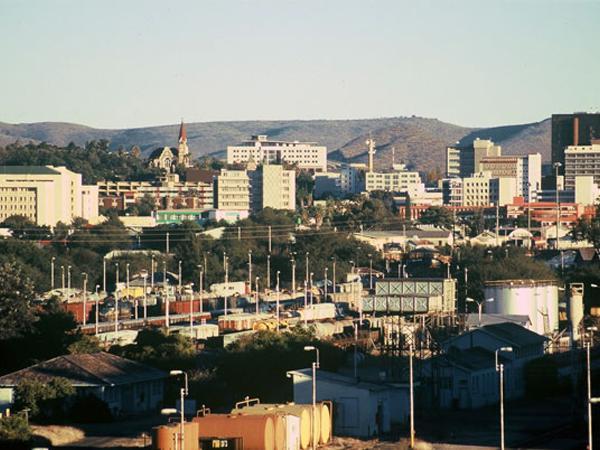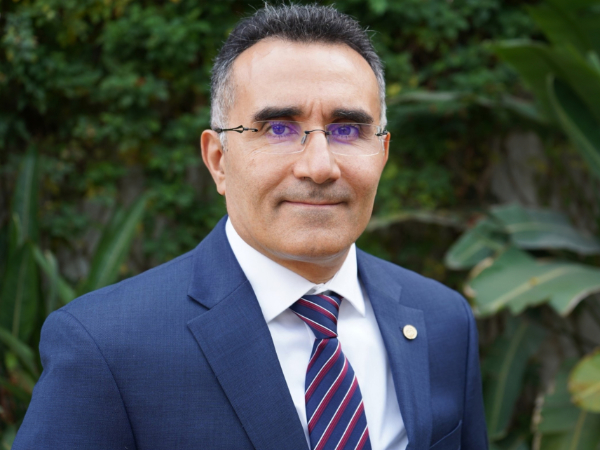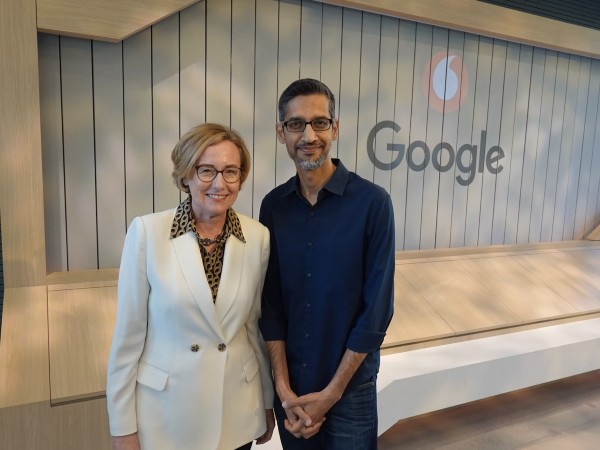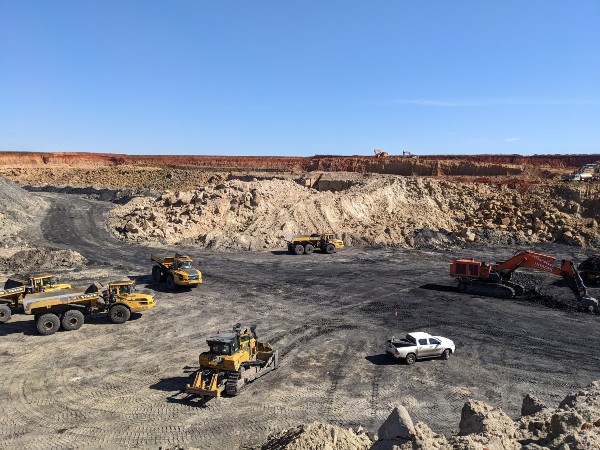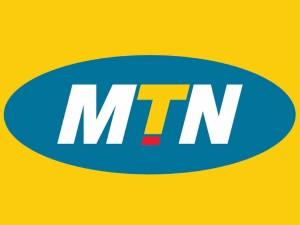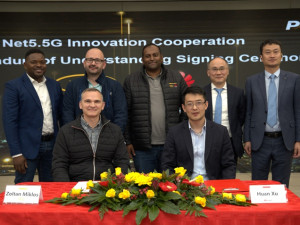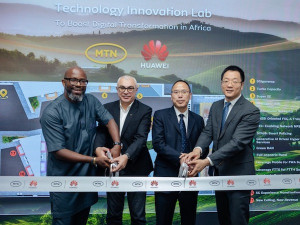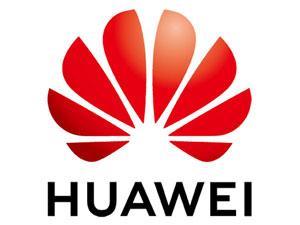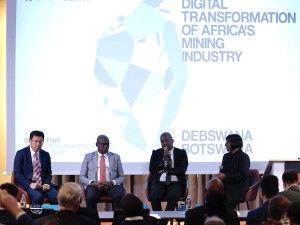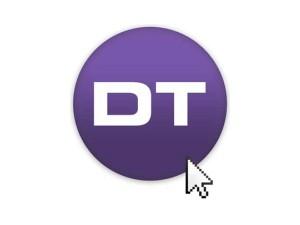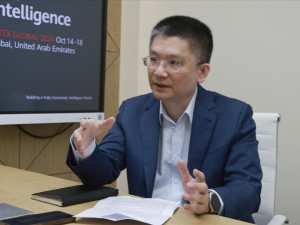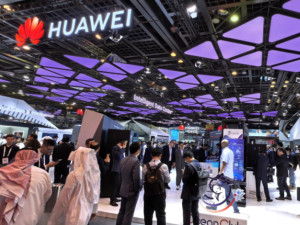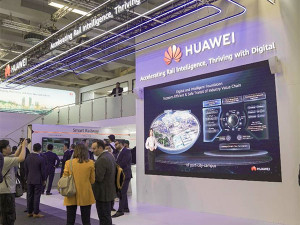Despite the heavy emphasis on sustainability in 2023, it does not change the fact that global economies are growing beasts, with insatiable demand for energy as they grow.
The unfortunate reality is - we are still heavily reliant on atmosphere-polluting methods to deliver electricity to homes and businesses, such as burning coal, oil and natural gas. Particularly with the invasion of Ukraine.
South Africa is a market that particularly relies on mining to supply its national grids, with over 70% of energy output stemming from coal mines. But sub-Saharan Africa’s most developed country continues to struggle with load shedding, the practice of scheduled blackouts to prevent national grids from being overwhelmed. South Africa is currently going through an energy crisis with blackouts lasting over 16 hours, with some analysts estimating the country needs around an extra 6000MW to power its populous nation.
A key solution to South Africa’s energy woes is ramping up productivity, which has been touted to be done through connectivity by the industry. Mining has long been pointed to as a key sector for 5G technology to ascend beyond canaries in coal mines, and horrible life-taking accidents – as was seen in a gold mine in Peru which took 27 lives. Also, it promises to deliver operational efficiency and higher productivity.
Developing Telecoms was given the unique opportunity to explore the Phalanndwa colliery in South Africa, operated by Canyon Coal. It is here where Huawei equipped the opencast mine with its own private 5G network, carried by MTN, with the purpose of enhancing safety and laying down foundations for the development of future productivity-enhancing tools.
The partnership between all three partners was announced in 2022, thus commencing the beginning of the Phalanndwa mine connectivity project and its journey to becoming the blueprint for digital transformation in the South African mining industry.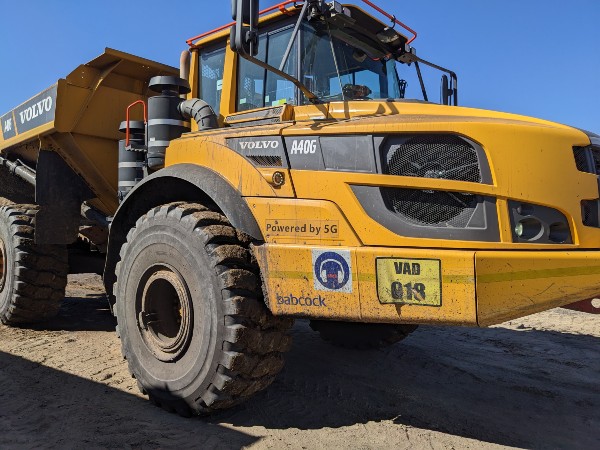
Through the use of an ultra-high and low latency 5G network, workers were enabled to communicate in real-time and equipped with proximity detection sensors (PDS) as were the vehicles (pictured above). Also enabled were tracking systems to prevent equipment and vehicle theft, and wireless video surveillance.
The mine has a fleet of trucks and excavators which digs up and processes 120,000 tonnes of coal per month equating to 1.7 million tons a year.
Kgotso Mongalo (below, centre), General Manager of Phalanndwa Colliery and a 15-year veteran in the industry said: “The use of integrated 5G technology at the Phalanndwa colliery has been a huge success for the mine. It has allowed real-time communication among the mine workers while reducing the risk across the operations. This application includes 5G enabled PDS (proximity detection system) on all machines and staff in the pits.”
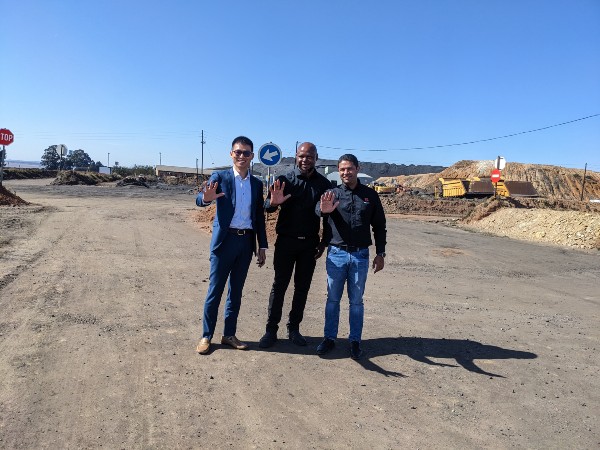
Cleavon Moothoosamy (above, right), chief innovation officer of mining investment company Menar Group, explained the mine had upgraded from using 2G for its old communications system but this was flawed due to signal often dropping when staff or vehicles hit a signal blackspot.
“The solution that was put on the table was to run a private 5G network. So there's a 5G cell site put up on the hill along with 5G beacons in each of the trucks. That creates a private network eliminating the need for GSM (2G) and just running purely on 5G,” said Moothoosamy.
Mongalo added there had been a “big reduction” in accidents, crediting their machine to the machine detection system, however, no figures were revealed.
The Phalanndwa colliery is, unfortunately, nearing the end of its life but it goes out providing Canyon Coal valuable data, sufficient enough to give the company confidence to commission more connectivity at another mine, which will be a “smart mine” with more of Huawei’s technology stack.
Mongalo and Moothoosamy explained to make a colliery truly smart, they are aiming for an improved detection system and remote-controlled excavators, in future. The latter will enable less skilled workers to be recruited and dig for coal remotely from an air-conditioned room, far away from hazards.
“If we have those tools in our arsenal, it sort of helps us achieve the ethos of ‘low cost, high productivity’ that we've set for ourselves. That’s where I see 5G technology fitting into the culture of the company,” said Moothoosamy.
Finally, on Huawei’s side, it was a key success for the company to have an MoU progress into a fruitful proof of concept, one that Huawei South Africa deputy CEO Kian Chen (above, left) believes sets a shining example to enable more opportunities for the Chinese vendor in South Africa.
“5G to business in South Africa is just beginning. I think in future there'll be more and more sectors and industries that will adopt such solutions seen here. I think we just need to make sure we work with the right businesses and stay patient, we can show them success stories such as the Phalanndwa mine, which I think could be a very good demo site. In future, other players in the mining sectors, if they have doubts, can come to see what has been achieved here.”


